Certain people feel that dogs still look, behave, and have the nutritional needs of their wolf ancestors. Frightened by recalls of commercial dog foods, they look for alternative diet sources. Since wild canids don’t eat cooked or processed foods, they feel their beloved pups shouldn’t either. And the raw dog food movement was born. Over the past decade, it’s gained in popularity. But there are concerns with feeding raw dog foods. And it’s important to understand EVERY aspect of a diet before you make a potential switch.
BARF Diets
You may see raw dog foods referred to as BARF diets. BARF stands for “bones and raw food.” (Or, in some circles, “biologically appropriate raw food”). And that’s what you’re offering: muscle, organs, bones (either whole or ground up), raw eggs, fruits, and vegetables (only the dog-safe ones, obviously).
Nothing’s cooked, heated, or changed from its original form. In other words, you offer your dog food the way a wolf would encounter it in the wild. (Well, you cut things up to prevent choking and wash the fruits and veggies) It’s labor-intensive and expensive – whether you tackle the work or purchase a pre-made version.
Benefits of Raw Dog Foods
Those who champion the raw dog food craze claim it’s superior to commercial food. The raw diets provide plenty of benefits that you’ll see if you make the switch:
- Improved skin and coat
- Higher energy levels
- Better dental health
- Stronger immune system
- No problems with allergies
- Fewer and firmer stools
However, there’s NO proof (with one exception, which we’ll get to in a second). Advocates often refer to a 2003 study. It appeared in an obscure journal that was NOT peer-reviewed. In scientific circles, that translates to ZERO credibility. No one’s provided evidence that raw dog foods provide the benefits claimed. With the proper high-quality diet and care? You get the same results.
The Fiber Equation
Raw dog foods WILL see your dog leaving less of a mess for your pooper-scooper. Why? In BARF diet preparations, people leave out a key component that wild dogs DO consume: fiber. Wolves eat the hair and feathers of their prey. This helps to keep their GI tract moving nicely and serves as a healthy dose of fiber. Raw diets? They come up short in the fiber department.
So if you hate cleaning the yard when you need to mow, you CAN achieve that by making the switch. However, you still need to consider other aspects of your dog’s health.
Drawbacks of Raw Dog Foods
Veterinarians don’t support feeding your dog raw dog foods. Both the American Veterinary Medical Association (AVMA) and American College of Veterinary Nutritionists (ACVN) express concerns AGAINST these diets. They point to the lack of evidence supporting the health and safety of BARF diets – for your dog AND you.
Raw food carries a risk of contamination with bacteria. The biggest concerns?
- E. coli
- Salmonella
While refrigeration and freezing slow bacterial growth, they don’t kill the microbes that exist in the first place. And the shelf-life of raw food? It’s limited. If you don’t mind expiration’s carefully, you can feed your dog spoiled food.
Preparation of raw dog foods takes time – for the company making them AND you. Frozen and refrigerated diets need thawing and warming. Some freeze-dried foods require rehydration. The extra time translates to higher costs.
Safety Concerns with Raw Dog Foods
If you choose to feed your dog a BARF diet, you MUST consult with your veterinarian. They can monitor your dog’s health for any changes. You should also set up a consult with a board-certified veterinary nutritionist. The nutritionist will help you create a balanced diet that ensures your pup receives the proper supplements to keep them safe.
Then you need to protect yourself and your family. Even dried foods run the risk of contamination. You don’t want anyone to end up in the hospital. Make sure you follow safe food-handling guidelines:
- Wash your hands with warm water and soap before AND after you touch the food.
- Don’t touch anything else once you handle the raw food. This creates cross-contamination.
- Anything you DO touch needs to get washed immediately.
- Any food your dog doesn’t eat within 15 minutes MUST get thrown away. Raw dog foods CANNOT stay out for free-feeding.
- Wash your dog’s bowls as soon as they finish.
- Clean your work surfaces with HOT, soapy water or a disinfectant cleaner.
- Store unused food as directed as soon as you finish with it. DON’T leave it out.
- Keep children away from the dog’s food.
Types of Raw Dog Food
Raw dog food comes in a variety of forms. (You don’t have to place orders with the butcher) Some BARF diet purists argue that certain types violate the “raw” rule, but it’s up to you to decide what works for you, your pup, and your family.
- Air-Dried: You’ll also see these foods under the “dehydrated” label. Gentle heat removes moisture from the food. They’re the most affordable and don’t crumble. Plus, because heat’s involved, they’re less likely to have bacterial contamination.
- Homemade: You got it: this means gathering the ingredients yourself. You MUST work with a nutritionist to get the balance of vitamins and minerals correct. Recipes from the internet are NOT a substitute.
- Freeze-Dried: Freezing causes the water to sublimate into a gas. It’s expensive, but the diets remain stable for a long time. And the drying kills most bacteria. However, these diets tend to crumble.
- Frozen/Refrigerated: Low temperatures keep bacteria from reproducing. This is the freshest option for raw dog foods, and you can set up orders with delivery services or pick them up from pet stores.
Choosing a Raw Dog Food
Picking out raw dog foods is a daunting task. You need to balance a lot of different nutrients, minerals, and vitamins. Looking for the Association of American Feed Control Officials (AAFCO) label can grant you some peace of mind. That symbol lets you know you’re getting a properly balanced diet, providing the minimums a canine needs to remain healthy. Otherwise, you want to read labels and check for the following:
- Meat Sources: Healthy, uncontaminated animals should provide the protein.
- Organ Meat Choice: Wolves don’t eat EVERY organ of their prey, and your dog shouldn’t, either. The liver, kidney, and heart provide the best source of nutrients. However, you don’t want more than 5-10% of the diet to contain organs.
- Carbohydrates: Your dog needs carbs for energy. This usually comes from fruit, veggies, and grains. Avoid raw dog foods with potatoes, peas, or legumes!
- Fat: Fish contain omegas, which are HEALTHY fats. But, otherwise, your dog doesn’t need a fat content higher than 15%. Beef and lamb have HIGHER levels of fat than other proteins.
- Bone: Excessive bone means excessive levels of calcium and phosphorous. Try to stay UNDER 1.5%.
- Bonuses: Your dog needs additional nutrients and vitamins to stay healthy. You want fatty acids, superfoods, and omegas.
Best Raw Dog Foods
Raw dog foods have A LOT of controversies. One side feels they’re the best diet to come along. But the other? They raise red flags and shake their head. No one denies that dogs descended from wolves. But the modern dog? You’re not going to see a Pug run down a deer. If you speak with your vet and talk with a nutritionist – and take EVERY safety precaution to protect yourself and your family – you CAN switch your dog over to a BARF diet. The professionals DO need to get involved to keep your pup healthy, though. You don’t want them to end up with nutritional deficiencies.
We pride ourselves on providing products with the best reviews. As such, you’re not going to find any refrigerated or frozen raw dog foods here. All of my digging and research couldn’t unearth enough reviews to support their inclusion on the list. They DO exist out there, and you’ll find them referenced by other sites. But with only a small handful of positive reviews (compared to the thousands for these diets)? They didn’t make the cut.
While not STRICTLY a raw dog food, Merrick takes raw-coated kibbles and combines them with freeze-dried raw bites. They offer two different flavors, always starting with quality proteins. There IS a grain-free version (in six flavors), but it’s recommended to skip them in favor of the healthy grain option to protect your dog’s heart. You also get the bonus of omega-3 and -6 fatty acids, glucosamine, and chondroitin.
Downsides? For purists, it’s not raw dog food. However, the cooking process WILL protect your dog from bacteria and it’s shelf-stable. However, the fat content’s a tad high at 16% (17% if you go with the red meat flavor – courtesy of the beef).
The Good
- 386 calories/cup
- Includes omega fatty acids, glucosamine, and chondroitin
- Available in 2 flavors
- Available in 3 sizes
The Bad
- Not strictly a raw dog food
- Fat 16-17%
- Some grain-free formulas
Primal uses a single protein source for their freeze-dried nuggets. You have ten flavor choices. The animals are raised without antibiotics or hormones, keeping your dog safe. They also include plenty of vegetables and fruits to balance out the diet. Bags come in two sizes, and you can either serve the nuggets as-is or rehydrate them.
The downsides? For the size of the bag, this food is expensive. And if you have multiple pups in the house? You could find your canine grocery bill getting out of hand. You also need to consider using this raw dog food as a treat because the fat content is HIGH (25%). They also have a pork flavor which isn’t recommended for dogs due to the fat content.
The Good
- 127 calories/3-4 nuggets
- Single protein source
- No corn, wheat, or soy
- Available in 10 flavors
- Available in 2 sizes
The Bad
- Expensive
- Fat 25%
- Includes pork flavor
When the raw dog food craze began, Stella & Chewy’s developed a series of different options. Their Meal Mixers are freeze-dried and work as a topper for food, something to mix into the usual diet, or as a complete meal option. You have eight flavors to choose from, all from grass-fed, cage-free, or wild-caught animals. Then they add in organic fruits and veggies to ensure your dog gets a balanced diet. You also get the bonus of probiotics (50 million CFU/pound).
So what are the downsides? This is another raw dog food that packs on the fat (35%). It also has more of a crumbly texture than some of the others. That works well if you plan to mix it into your dog’s usual food, but not as great when you’re trying to make it the only meal. Plenty of people ended up with bags of crumbles during shipping. There’s also a pork option you should avoid.
The Good
- 56 calories per 1/4 cup
- Single protein source
- Includes probiotics
- Available in 8 flavors
- Available in 4 sizes
The Bad
- Fat 35%
- Crumbles easily
- Includes pork flavor
If you want a raw dog food that’s a little larger in size, Stella & Chewy’s Raw Dinner Patties do the trick. You get the same high-quality protein sources in THIRTEEN flavor options. All of them incorporate organic fruits and vegetables to add balanced nutrition into the mix. And you still get 50 million CFU/pound of healthy probiotics. But the patties work a little better for meals than the mixers.
Downsides? The fat content remains the same for these larger portions. However, there’s a caveat. If you rehydrate the patty, the fat drops to 12%. You’ll end up cutting the protein from 44% to 15%, though. The choice is yours, but too much fat is definitely the worse option. And, unhappily, you still need to avoid that pork flavor.
The Good
- 50 calories/patty
- Single protein source
- Includes probiotics
- Available in 13 flavors
- Available in 3 sizes
The Bad
- Fat 35%
- Can decrease fat by rehydrating patty, but protein drops, too
- Crumbles easily
- Includes pork flavor
Stewart offers a freeze-dried raw dog food with ingredients sourced and produced from the midwest of the U.S. They skip any grains, but they also avoid those problematic potatoes, legumes, and lentils. The diet’s broken down into protein and bone (80%), fruits and veggies (18%), and vitamins and supplements (2%). You also get the bonus of omega-3 and -6 fatty acids to keep your dog’s skin and coat looking shiny. There are five flavors to choose from, and the heart-shaped morsels are soft and easy to chew.
The downsides? So, they put whole garlic in their diet. Garlic’s toxic for dogs. The amount isn’t listed, which is troubling. Monitor your dog CAREFULLY (of course, you’ve spoken with your vet about this diet, so they’ll recommend regular labwork). And, you guessed it – fat comes out on the high side at 29%.
The Good
- 209 calories/cup
- Single protein source
- Includes omega fatty acids
- Available in 5 flavors
- Available in 5 sizes
The Bad
- Includes whole garlic
- Fat 29%
- Crumbles easily
For some raw dog food owners, simple works best. And that’s where TruDog comes in. With each of the four flavors (including turducken – in case your dog wanted to explore that idea), you get nothing but protein, bone, and organ meat – with a touch of fish oil for some omegas. It’s freeze-dried and avoids any preservatives, artificial coloring, or fillers. All you need to do is rehydrate the patties, and you’re good to go.
So what are the downsides? All your dog gets with this diet is meat and bone. There aren’t any vegetables or fruit to balance their diet. And with a fat of 33%, your pup needs some additional nutrients. People (and dogs!) also objected to the smell of this raw dog food. And the cost! Depending on how large your dog is, you could end up spending A LOT to keep your kiddo fed.
The Good
- 322 calories/cup
- Single protein source
- Includes omega fatty acids
- Available in 4 flavors
The Bad
- Expensive
- Fat 33%
- Doesn't include any fruits or vegetables
- Strong odor
- Only available in 1 size
Vital Essentials is another raw dog food that focuses on a single freeze-dried protein source. You can choose from six different flavors, all in a mini-chunk version your dog will love to chow down on. There’s nothing but responsibly sourced protein, with a touch of herring oil to add omega fatty acids. You don’t have to worry about rehydrating the food and the bag reseals for easy storage.
Downsides? Again, your pup misses out on key fruits and veggies. The fat comes in at 23%. It’s not terrible on the calories, but since you only have one bag size to choose from, it can get tricky to balance all of those nutrients. You’re also going to spend more.
The Good
- 128 calories/cup
- Single protein source
- Includes omega fatty acids
- Available in 6 flavors
The Bad
- Expensive
- Fat 23%
- Doesn't include any fruits or vegetables
- Only available in 1 size
Not every raw dog food advocate supports air-drying as it DOES involve gentle heat. However, Ziwi Peak uses a slow process that preserves all of the nutrients. And the ingredient list avoids grains, potatoes, and peas. They use free-range and wild-caught proteins, offering your dog six different flavors. Each one gets an addition of superfoods in the form of green tripe for probiotics and green mussels that bring glucosamine, chondroitin, and omega-3s.
The downsides? As far as vegetable matter goes, your canine companion will have to settle for kelp. (There’s nothing wrong with kelp, but it’d be nice to see more on the ingredient list) And you DO get a high fat content (30%). This is also one of the more expensive raw dog foods out there.
The Good
- 312 calories/scoop
- Includes omega fatty acids, glucosamine, chondroitin, and probiotics
- Available in 6 flavors
- Available in 4 sizes
The Bad
- Expensive
- Fat 30%
- Kelp is the only vegetable
In the Raw
With a lack of scientific evidence, raw dog foods pose many questions. The veterinary world doesn’t recommend them. But plenty of breeders support the trend. As long as you stay in contact with your vet and consult with a nutritionist, you can offer a BARF diet to your pup. You’ll need to keep yourself and your family safe with practical health guidelines, though. And if you notice problems cropping up? Call your vet right away.
Dog food trends pop up all the time. But as long as you’re careful, you can make the best choices for your furry friend.

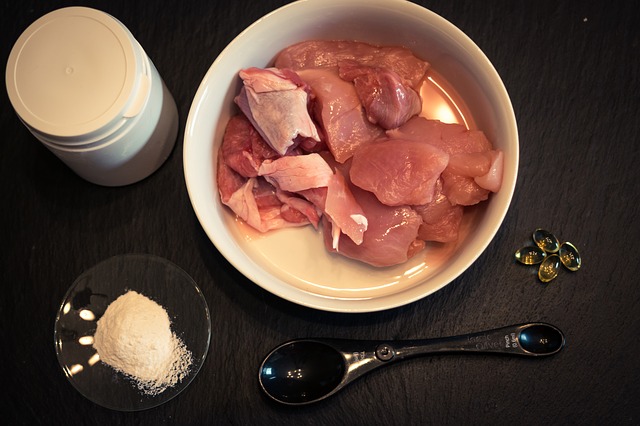
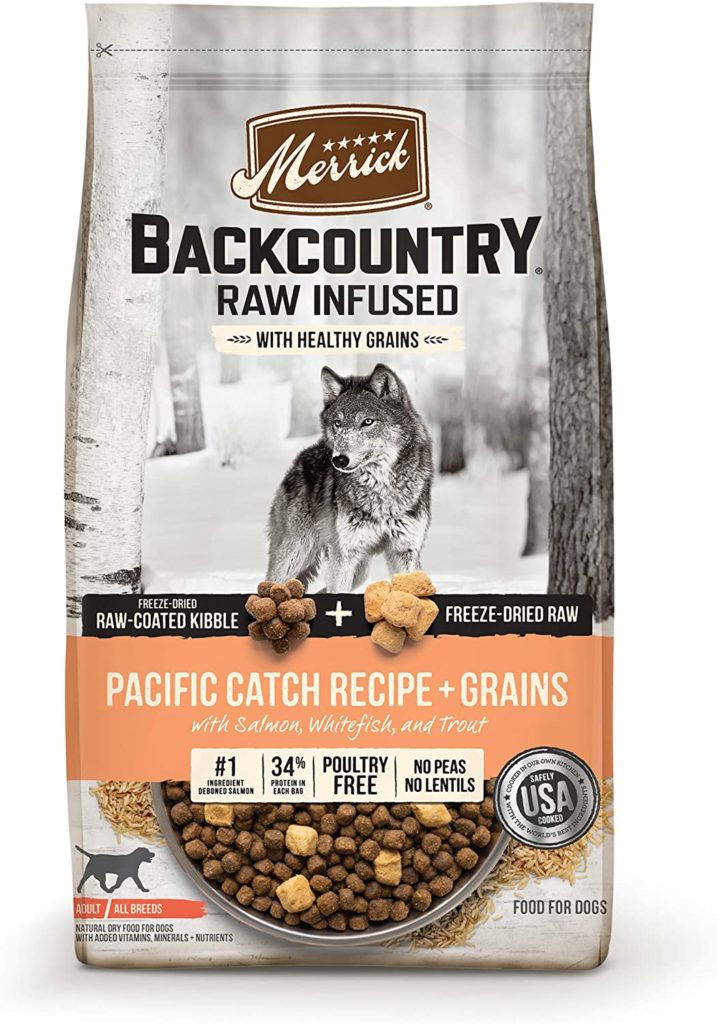
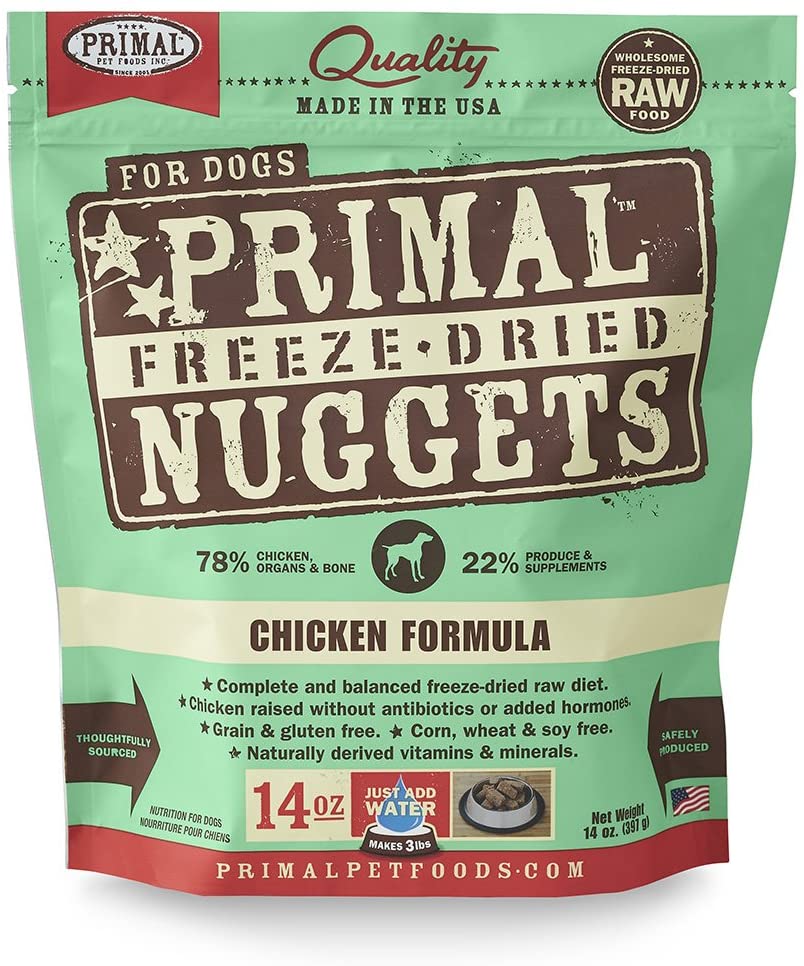
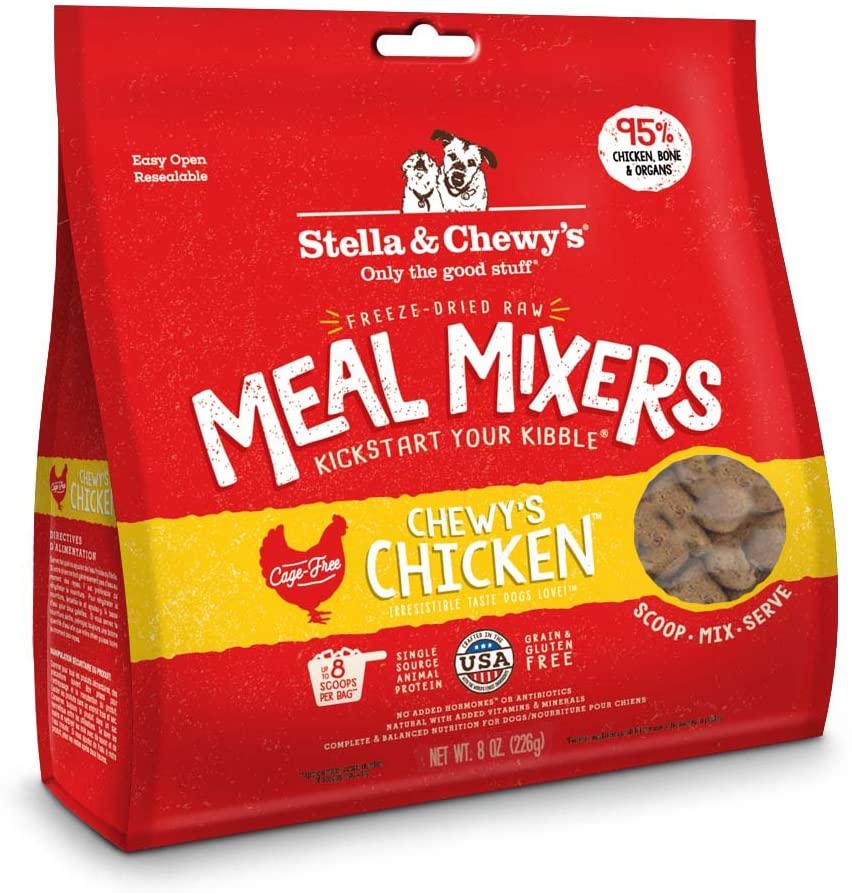
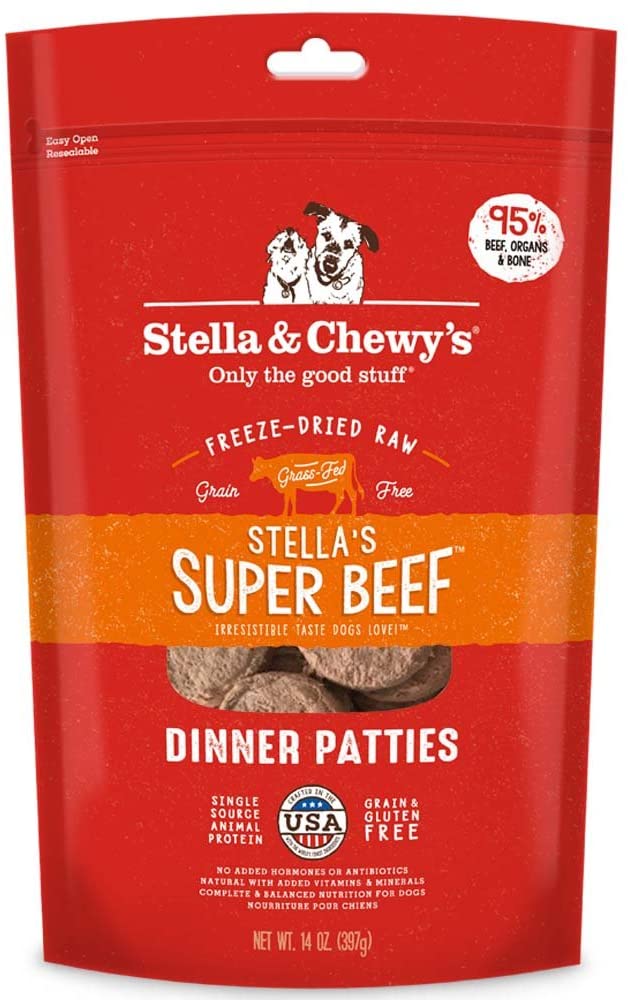
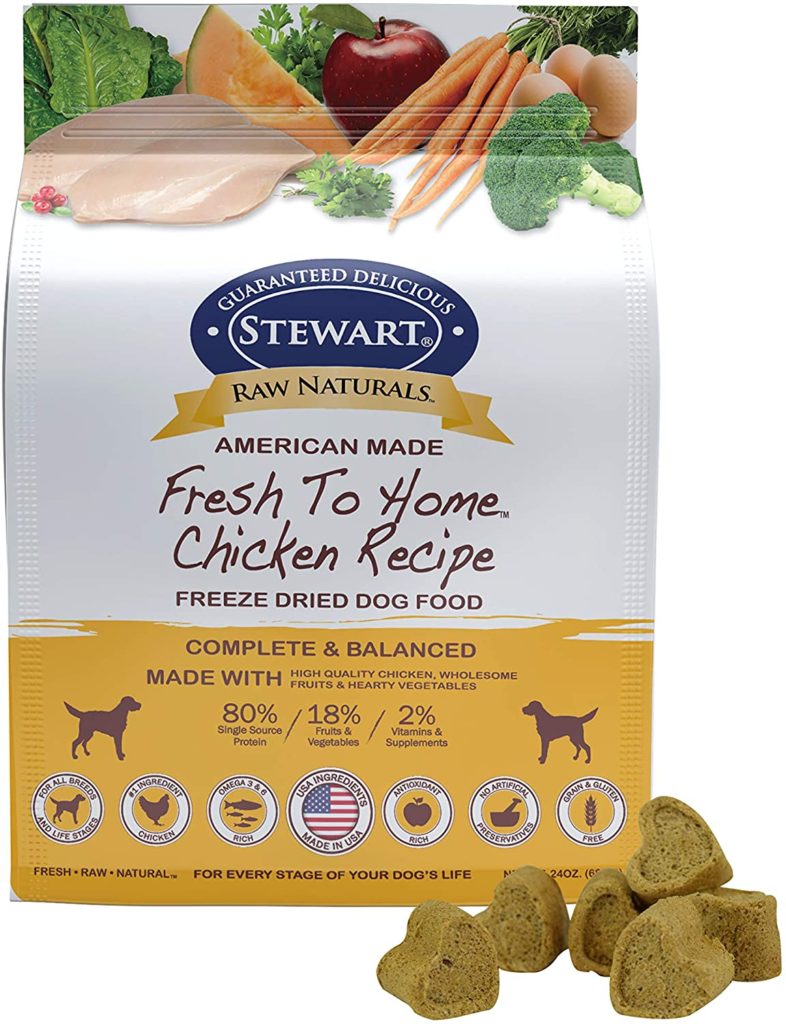
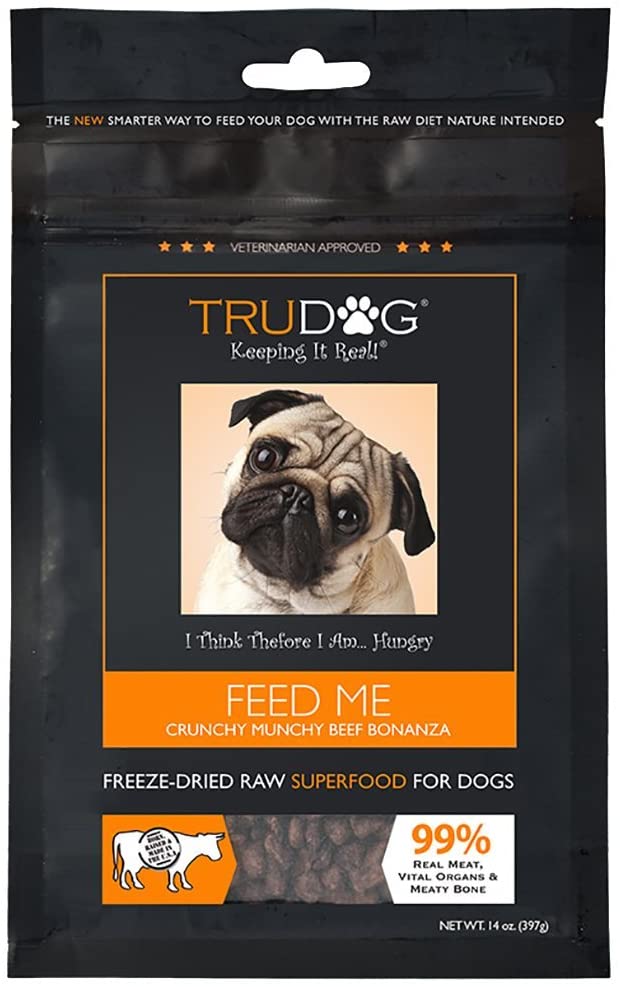
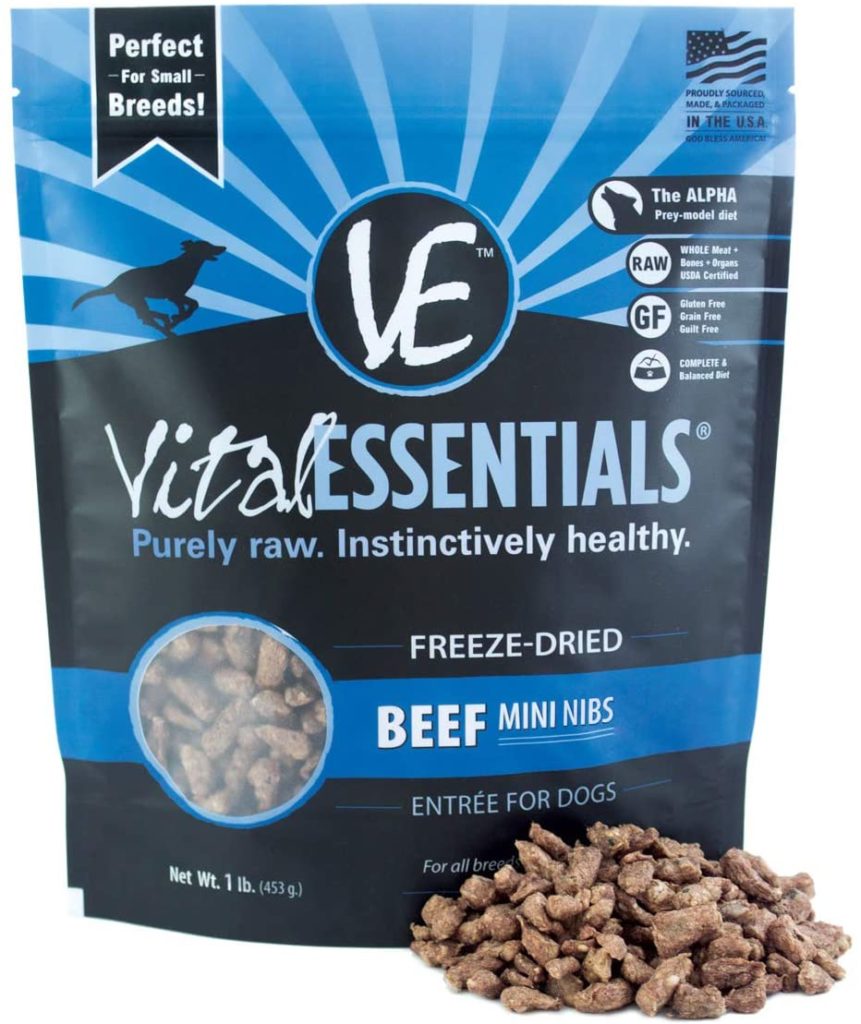
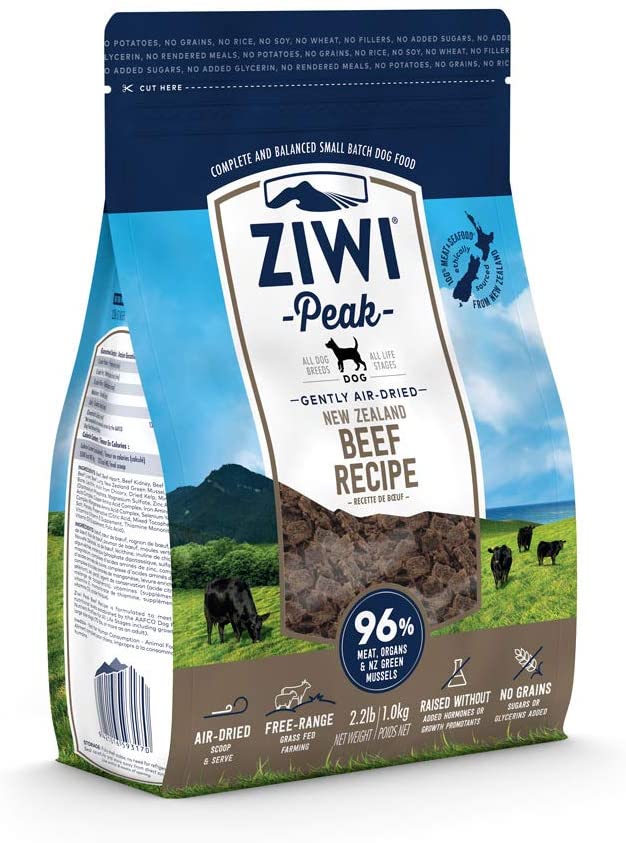

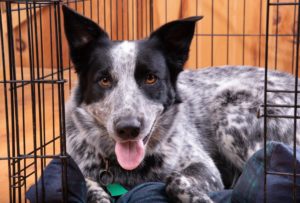


No comment yet, add your voice below!